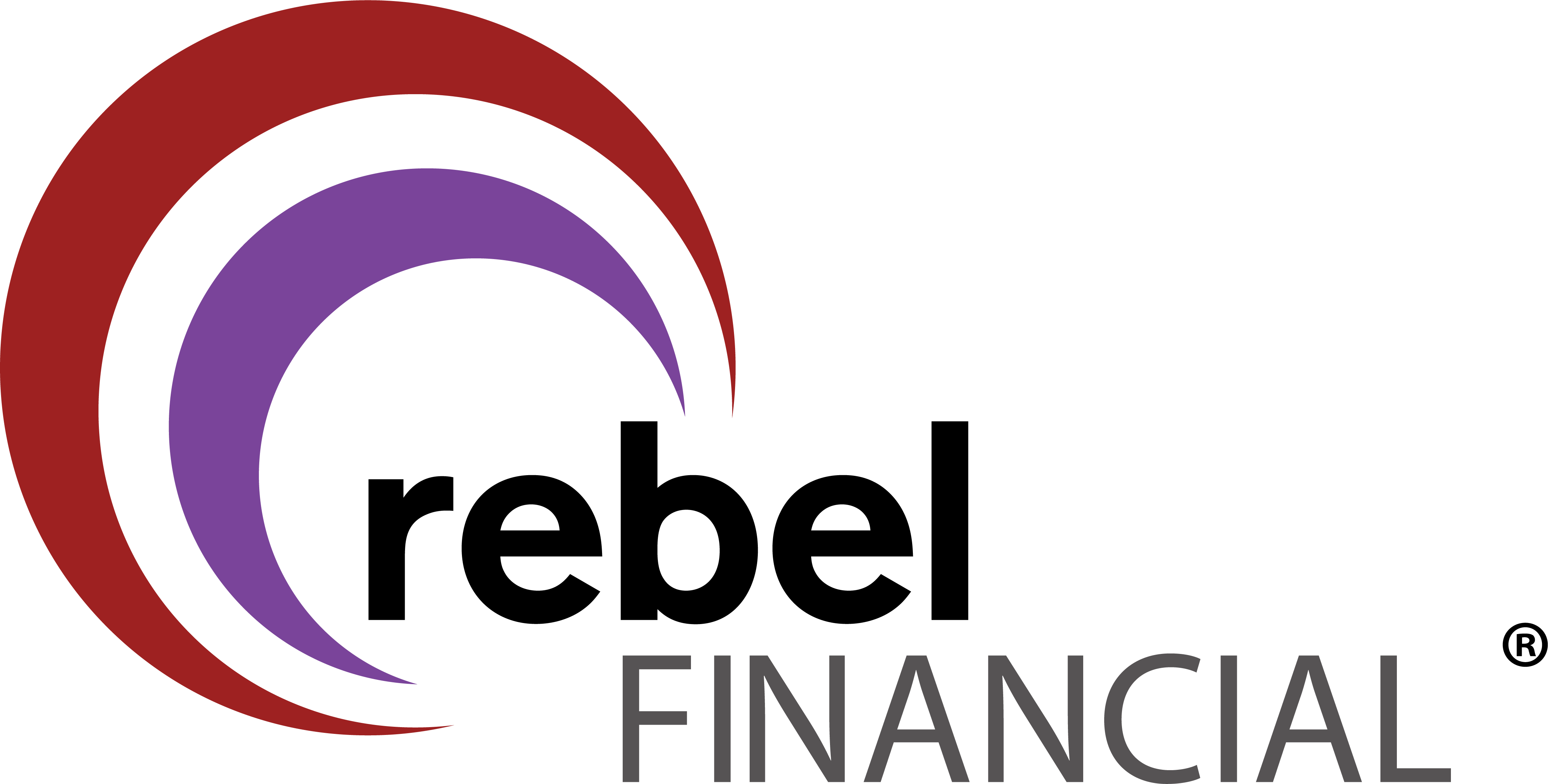Recently started a new job or considering a career change? You may be wondering what this means for your retirement savings under your current employer’s plan. Or maybe it hasn’t crossed your mind. If that’s the case, then here is a sign that you should at least consider the alternatives before deciding to do nothing with your 401(k). Generally, your options will include leaving your savings where they are, transferring your savings to your new employer’s plan, or initiating a 401(k) rollover.

